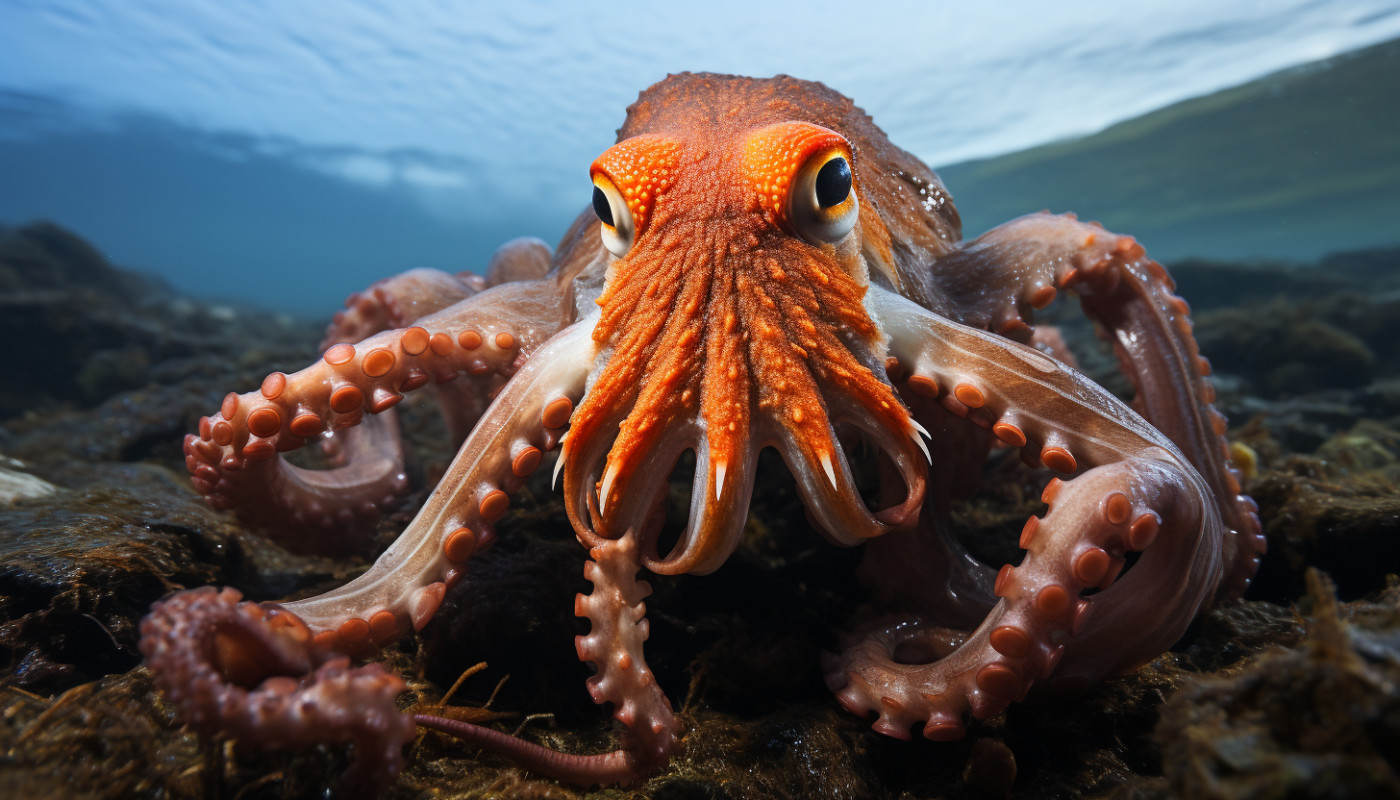Table of contents
The enchanting and awe-inspiring songs of whales have intrigued scientists and marine lovers for ages. These harmonious sounds, echoing through the vastness of the ocean, hold a complex language that has been subject to numerous studies. This article will embark on an enlightening journey into the depths of these majestic underwater melodies known as whale songs. Look forward to immersing yourself in how these melodic utterances are interpreted by both their peers and experts alike. Discoveries about the meanings behind these cryptic calls can promise a deeper understanding not just about whales but also about communication mechanisms amongst animal species.
Understanding Whale Songs: A Brief Overview
Whale songs, a mesmerizing phenomenon of marine life, play an integral role in the communication and interaction methods of these grand sea creatures. These unique, complex sequences of moans, pulses, and clicks are not just fascinating to listen to but are pivotal for whales' survival and social structures. The study of 'whale songs' has provided valuable insight into their behavior, mating rituals, and their ways of marking territory.
The intricate patterns of these underwater symphonies, produced primarily through echolocation, are believed to serve several purposes. One such theory suggests that whales may use these infrasonic signals, which can travel vast distances underwater, for 'underwater navigation' across various oceans. This could be seen as an advanced sonar system, enabling them to communicate, locate food, and navigate in the darkest and deepest parts of the sea.
In the realm of 'animal communication', the study of 'ocean acoustics' offers an interesting perspective into how these magnificent creatures interact with each other and their environment. A marine biologist specializing in Cetology, the scientific study of whales and their behavior, would be best equipped to provide intricate details and analysis on this topic. The scientific exploration of whale songs continues to unveil the intricacies of these marvelous creatures, shedding light on their social interactions, survival strategies, and overall intelligence.
The field of marine biology has seen considerable advancements in recent years, especially in the deciphering of whale songs. One of the primary methods of interpreting these complex patterns of sound waves is through spectrographic analysis. This technique offers a visual representation of the spectrum of frequencies present in a sound signal, effectively allowing scientists to dissect and analyse the seemingly chaotic cacophony of whale vocalizations.
Another effective approach is the technique of acoustic localization. This method involves determining the location of a sound source - in this case, a vocalizing whale, facilitating the study of their communication patterns in relation to their physical environment. By understanding where a sound is coming from, researchers can gain valuable insights into the context of these marine mammal dialogues.
Technological advancements have allowed for significant progress in the field. Hydrophone technology, essentially underwater microphones, has been crucial in recording whale songs under diverse conditions, at various depth levels within our oceans. These sophisticated devices can capture the intricate patterns of whale songs, enabling researchers to study them in greater detail.
The advent of AI algorithms in marine biology has provided an unprecedented depth of analysis. These algorithms are specifically designed to decode the complex whale song patterns, yielding more accurate results than ever before. This breakthrough technology offers a fresh perspective on the phenomenon, which was hitherto understood merely from a surface level.
While significant strides have been made in interpreting whale songs, much remains to be explored. An expert in Bioacoustics, the study of sound production and perception in animals, could further delve into this intriguing topic, bringing to light the fascinating world of whale communication and its wider implications in our understanding of marine biology.
The Role of Technology Advancements in Interpreting Whale Songs
Noteworthy advancements in technology have significantly contributed to a better understanding and interpretation of whale-song patterns. In contrast to previous decades, the present times are marked by a more profound comprehension of this unique form of music that seems to exist solely beneath the water surfaces spanning the world's vast open-sea expanses. These advancements have touched upon several aspects closely linked to the evolutionary processes undergone by species belonging to aquatic ecosystems globally. Furthermore, they have shed light on the intricacies involved in this phenomenon, offering potential avenues for further exploration and increasing the knowledge base for those interested in decoding the mysteries surrounding this fascinating behaviour exhibited distinctly by certain members of the larger family tree falling under the universally embraced term, "Marine Mammals".
The integration of “technology advancements” in the field of marine bioacoustics has revolutionised the way scientists approach the study of whale songs. Among these advancements, “AI-based interpretation” holds a prominent place. This technology leverages artificial intelligence to analyse and interpret the patterns in whale songs, providing insights that were previously unattainable. Similarly, “pattern recognition software” has proven invaluable in identifying recurring themes and structures in these complex vocalisations. Another notable technology is “digital signal processing”, which allows for the analysis and manipulation of the signals that make up whale songs. This offers a unique perspective on the composition and structure of these fascinating underwater performances.
Presented in the domain of Marine Biotechnology, these technological advancements have opened up new dimensions in the study of marine bioacoustics, helping to unravel the multilayered complexities of whale songs.
A Window Into Understanding Animal Language
The investigative progress made thus far in interpreting whale songs has enormous implications, particularly in relation to uncovering the hidden truths about the inherent abilities possessed by a wide array of marine fauna. Far from being mere survival instincts, these vocalization skills potentially indicate the existence of a structured dialogue taking place beneath the sea levels, undetected by human eyes but recorded by sophisticated equipment for subsequent detailed analysis. The treasures revealed through the study of fauna vocalization could lead to discoveries of an inconceivable magnitude, potentially transforming how we understand animal language.
This fresh perspective on animal communication is anticipated to open new horizons previously deemed inaccessible, thanks to the tireless efforts of devoted researchers. These scientists are determined to break through the barriers of the unknown, venturing into the unexplored realms of marine life communication. Such tenacity hints at the possibility of a reality where a structured dialogue among marine creatures is recognized and understood, and where the hidden truths about the intricacies of their vocalization skills are finally brought to light.
These intriguing possibilities could best be explored by an ethologist specializing in animal behavior studies. Their expertise will be indispensable in advancing this pioneering area of research, pushing the boundaries of our knowledge and understanding of the rich tapestry of animal language.
On the same subject

Behind the Beauty: Life of a Peacock

Extraordinary Abilities of Guide Dogs: Unveiled

Unmasking the Mysterious World of Octopuses

